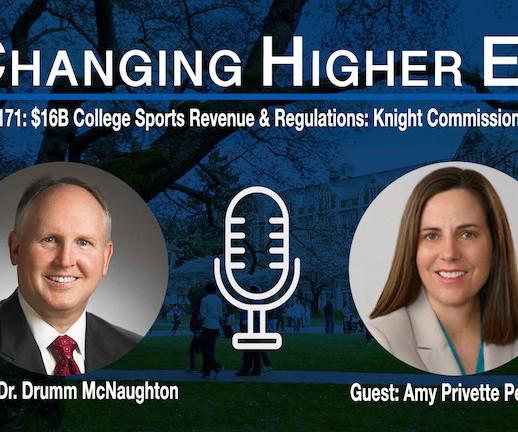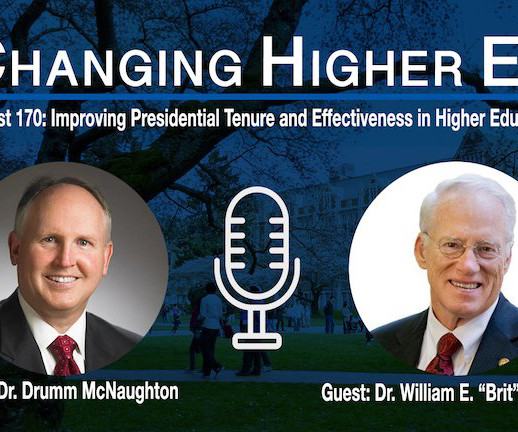3 Questions on Academic Library Budgets for an Assessment and Planning Librarian
Confessions of a Community College Dean
JANUARY 31, 2023
A: Doctoral-granting university libraries in ACRL spend about 37 percent of their budgets on salaries, 13 percent on fringe benefits, 40 percent on materials and 11 percent on operations. This means the enormous for-profit vendors retain their contracts because they are too big to cancel and the small nonprofit publishers usually lose out.














Let's personalize your content